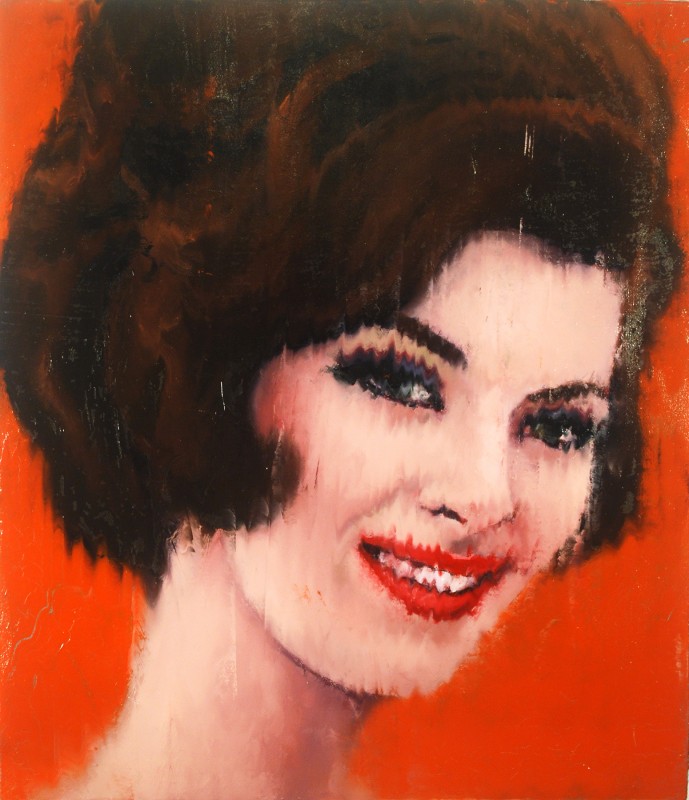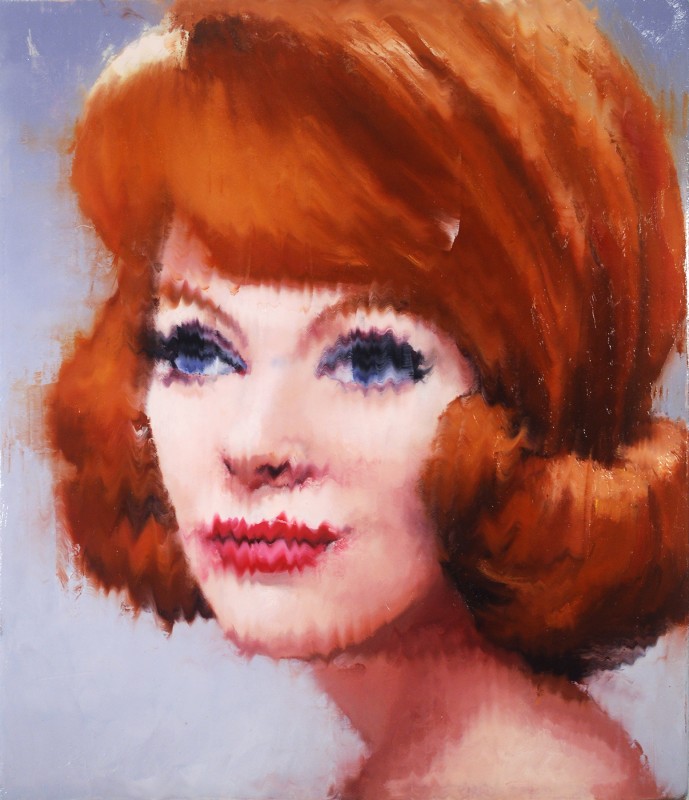
AO Journal
All Things Art with John Wolf
Nothing makes a statement like a great piece of art. Whether it’s a painting, photograph, or drawing, art can grab your attention, make a statement, and create a “wow” factor while completing the look of a room.
Purchasing art can also be an unnerving experience, as how, where and what to buy often confuse even the most seasoned curator. ArtOrigo recently sat down with global art advisor John Wolf whose Los Angeles-based company John Wolf Art Advisory & Brokerage takes the guesswork out of collecting. From sourcing and acquisition to conservation and restoration, Wolf helps his clients navigate the art world with ease.
A/O: First of all, how does an art advisor work?
JW: I am a hybrid advisor, curator and dealer. I work with artists directly like a gallery, and offer works from private collections like a dealer and curate exhibitions globally. I will be showing at the NOMAD fair in St. Moritz in February as well as Volta NYC in March along with a pop-up gallery show in San Francisco this month. For the most part, I have clients that want to make smart choices and allocate their acquisitions to create a legacy.
A/O: In terms of collecting, what trends do you see for 2020?
JW: It’s all about identity for 2020. Artwork that speaks to the artist’s identity in society, giving honor and agency to important artists (that) have been historically overlooked -- female artists, artists of color, and LGBTQ artists. A lot of their work involves figurative subject matter and/or a narrative that speaks to their cultural importance in the lexicon of contemporary art. Paintings are king.
Unfortunately, photography is having a bit of a market slip, which means a great opportunity to scoop up phenomenal work from important artists at good prices. African and African diaspora art continues to shine in 2020 as well.
A/O: What advice do you have for collectors new to the game?
JW: Go to museums. Look at the emerging artist exhibitions and ask questions to the docents on why something is being shown. Go to the Whitney in New York. Also, just go to museums and learn. If you are looking to follow a trend and buy the hottest artists at auction, buy it. No one will sell it to you if they don’t know you!
A/O: What buying tips can you give for people shopping online in particular?
JW: Go for the impulse! If it knocks your socks off online, it’s going to be better in person. I sell online to collectors all over the world and they are super happy with their choices. I have collectors that exclusively buy off Jpegs!
A/O: What are some of the rarest works and what art has oversaturated the market?
JW: Lately it seems the rarest works in the market are the youngest hottest artists. We are seeing scary auction spikes for artists that are still in their twenties! It’s not sustainable, but people seem to be riding the wave. I would say we are seeing a plethora of figurative painting, the trend broke in 2015-15 after the zombie formalism crash and now is seems to be overdone. The next wave I personally enjoy is a graphic surrealist comeback with a nod to pop. New digital processes applied to traditional painting is creating a timely moment in 2020.
A/O: And lastly, what do you collect and what is the most unusual piece you have sold?
JW: I am starting to buy more for myself. It’s always hard, as clients want to buy from my collection, but I am starting to say no. Some might say the most unusual thing I’ve sold is a 175-pound bag of candy. It’s a conceptual piece of art by Felix Gonzalez-Torres who produced works of uncompromising beauty and simplicity, transforming the everyday into profound meditations on love and loss. Titled "Untitled", the installation is an allegorical representation of the artist’s partner Ross Laycock, who died of an AIDS-related illness and is composed of 175 pounds of candy (corresponding to Ross’s ideal body weight). Viewers are encouraged to take a piece of candy, and the diminishing amount parallels Ross’s weight loss and suffering prior of his death. Gonzalez-Torres stipulated that the pile should be continuously replenished, thus metaphorically granting perpetual life.


